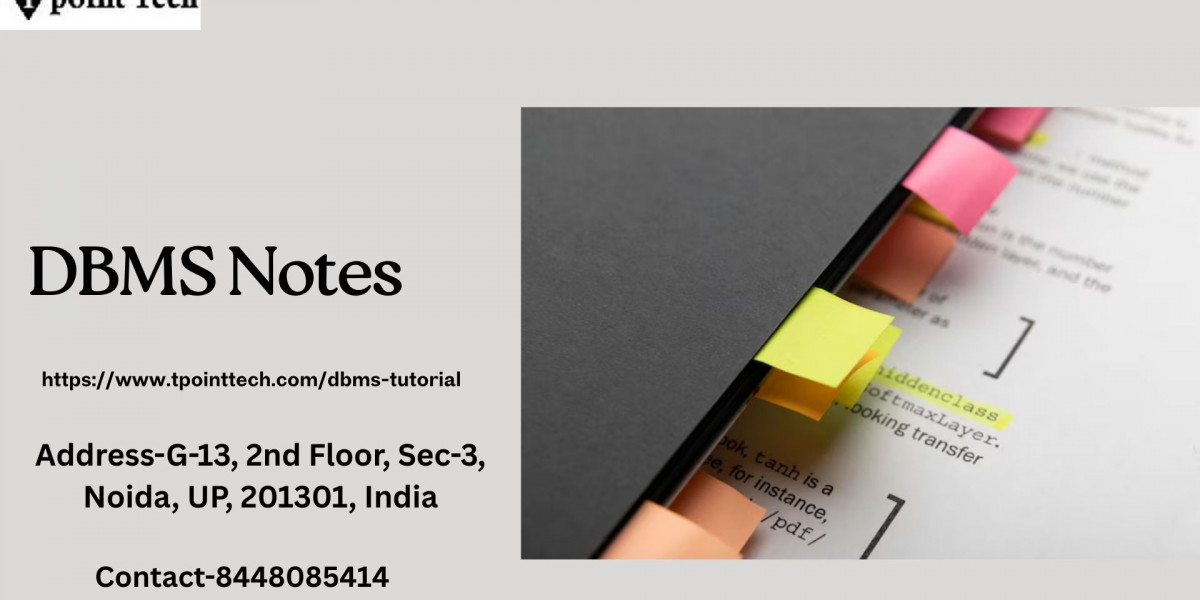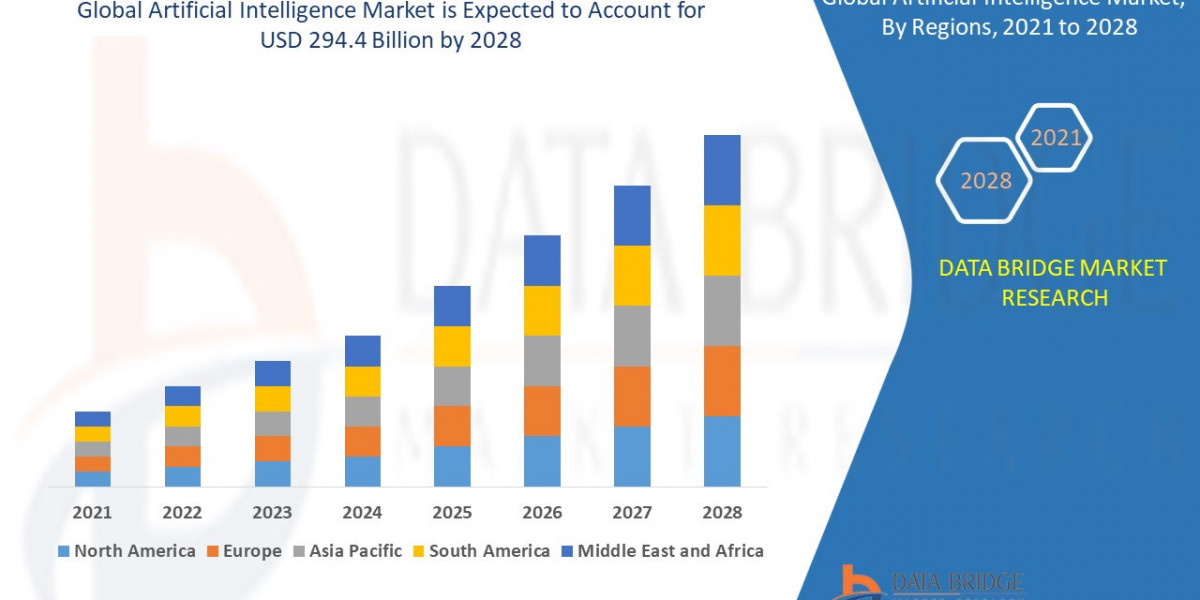Ever wondered where all that data goes when you hit 'save' or 'submit' on your favorite app or website? Behind the scenes, there's a complex, organized system working tirelessly to store, manage, and retrieve all that information. That system is a Database Management System, or DBMS. If you're diving into the world of tech, computer science, or just curious about how data is handled on a large scale, understanding DBMS is absolutely fundamental.
Learning DBMS can feel like learning a new language at first, with terms like normalization, ACID properties, and relational algebra flying around. It's easy to get lost in the details. That's why having comprehensive dbms notes can be a game-changer. They break down complex ideas into digestible chunks, helping you build a solid foundation.
So, what exactly is a DBMS? At its core, it's software that interacts with the user, applications, and the database itself to capture and analyze data. Think of it as the middleman, providing a structured way to define, create, query, update, and administer databases. Before DBMS, managing data was chaotic, often involving flat files and manual handling – a recipe for inconsistency and frustration!
One of the first things you'll encounter in your dbms notes is the concept of Data Models. These are like blueprints for the database structure. The most prevalent model today is the Relational Model, where data is organized into tables (relations) with rows and columns. It's intuitive and powerful, forming the basis for most modern databases like MySQL, PostgreSQL, and Oracle. You might also touch upon older models like Hierarchical or Network, or newer ones like NoSQL, which cater to different types of data and needs.
Understanding the difference between a Schema and an Instance is crucial. The schema is the design or structure of the database – like the blueprint of a house, defining the tables, columns, and relationships. The instance, on the other hand, is the actual data residing in the database at a particular moment – like the furniture and people inside the house at a specific time.
A key advantage of using a DBMS is Data Independence. This means you can make changes at one level of the database architecture without affecting the level above it. Logical data independence lets you change the schema (e.g., add a column) without altering the external views users have. Physical data independence allows you to change storage structures (e.g., switch hard drives) without affecting the schema or external views. Pretty neat, right?
You'll quickly learn about the different languages used to interact with a DBMS. These are broadly categorized:
- DDL (Data Definition Language): For defining the database structure (CREATE, ALTER, DROP).
- DML (Data Manipulation Language): For managing data within the schema (SELECT, INSERT, UPDATE, DELETE).
- DCL (Data Control Language): For managing user permissions (GRANT, REVOKE).
- TCL (Transaction Control Language): For managing transactions (COMMIT, ROLLBACK, SAVEPOINT). SQL (Structured Query Language) is the most famous example, encompassing DDL, DML, and DCL commands.
Comprehensive notes will also walk you through designing a database using models like the Entity-Relationship (ER) Model. This is a high-level way to visualize the entities (things you want to store data about) and the relationships between them. From the ER model, you can then translate the design into the relational model.
Normalization is another big topic. It's a process of organizing data in the database to reduce redundancy and improve data integrity. You'll learn about different normal forms (1NF, 2NF, 3NF, BCNF, etc.) and the rules for achieving them. It's about structuring your tables efficiently to avoid update, insertion, and deletion anomalies.
Moving beyond structure and querying, DBMS notes delve into the crucial aspects of transactions. A transaction is a single logical unit of work, like transferring money between bank accounts. For transactions to be reliable, they must adhere to the ACID properties:
- Atomicity: Either the entire transaction completes, or none of it does.
- Consistency: A transaction brings the database from one valid state to another.
- Isolation: Concurrent transactions don't interfere with each other.
- Durability: Once a transaction is committed, 1 the changes are permanent, even if the system crashes.
To ensure Isolation, DBMS uses Concurrency Control techniques, like locking, to manage simultaneous access to data. And to ensure Durability and recover from failures, Recovery mechanisms like logging and checkpoints are employed.
Studying DBMS is a journey through the principles of organizing, accessing, and protecting data. Having detailed, comprehensive notes by your side makes this journey much smoother. They serve as your roadmap through the various models, languages, and critical concepts that underpin virtually every data-driven application we use daily. So, grab your favorite pen and notebook (or fire up your note-taking app!) and start building your understanding – the world of data awaits!










